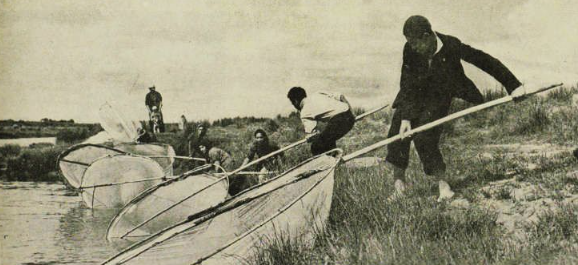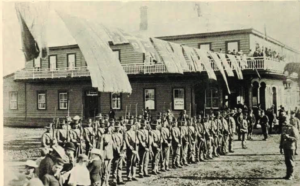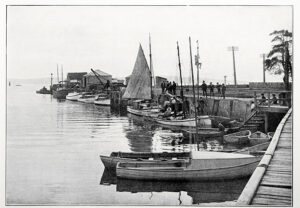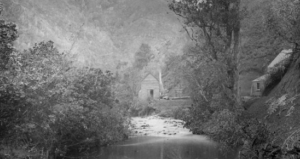As part of a Valley Profile series, MEGHAN HAWKES searches through old newspapers to bring you the stories Thames Valley locals once read about themselves.
1940
Whitebait, a popular fish delicacy, was to return to the Auckland market with supplies coming from Paeroa. An early run of whitebait in the rivers was greater than at the same time the previous year and, unless flooding and muddy water hindered operations, the season was expected to open with a plentiful supply for shops in the city.
But complaints were made about the fish becoming scarce, a white baiter of 50 years saying that there were too many regulations crippling New Zealand.
The country was being drained all the time and several creeks, lagoons, and rivers were flood gated, keeping the freshwater fish from getting to their natural breeding grounds.
Meanwhile, the dilapidated state of the Puriri wharf and the pipeline laid across the river adjacent to it was creating a menace to navigation. The Northern Steamship Company announced it was discontinuing stops at Puriri and in future all cargo for clients there would be landed at Hikutaia. The Thames County Council asked for a report, wanting to know how the pipeline was a peril. The pipeline was a ship’s length or so away from the Puriri wharf making it dangerous for the master of the vessel to work his ship anywhere near the bank. The ship had to be berthed at different times during the night and in inclement weather, and to do this had to go near the bank to get alongside the wharf. The council chairman said they had obtained permission from the Minister of Marine to lay the pipes across the river and could not be expected to move them now.
Waitakaruru also had woes including the urgent necessity for electric lights at its main wharf, where cheese was loaded. A considerable amount of shipping work was done at night to suit tides and avoid storage. The Hauraki Plains Council decided to install lights, the chairman commenting that they were an absolute necessity.
Parking conditions at the Waitakaruru hall were problematic as well. There were no funds available to improve them according to the Paeroa Public Works Department.

The Main Highways board was also not responsible in any way to construct parking areas for private property owners. There appeared to be ample parking space inside the hall property and also along the Miranda Rd, therefore all traffic could be kept off the State Highway without difficulty.
Hauraki Plains County chairman Mr Parfitt agreed, saying “That is what I think”. Councillor Pinchess did not, retorting “You can’t get the people to walk”.
A visitor from Hamilton, in conversation with a pressman, described the Thames Coast as having “the best and safest beaches in the province”. Asked if he thought improvements could be made, he replied “I should say so”. The lack of an organised motor camp was one of the first matters which should receive consideration.
When told there was such a camping ground at Tararu, he replied that more like it were required further along the Coast.
If the local bodies concerned could not provide such facilities, it was a wonder some private property owners did not show some enterprise. “Thames needs some of the Mount Maunganui ‘go-getters’ in their midst. They would boost things along.”




